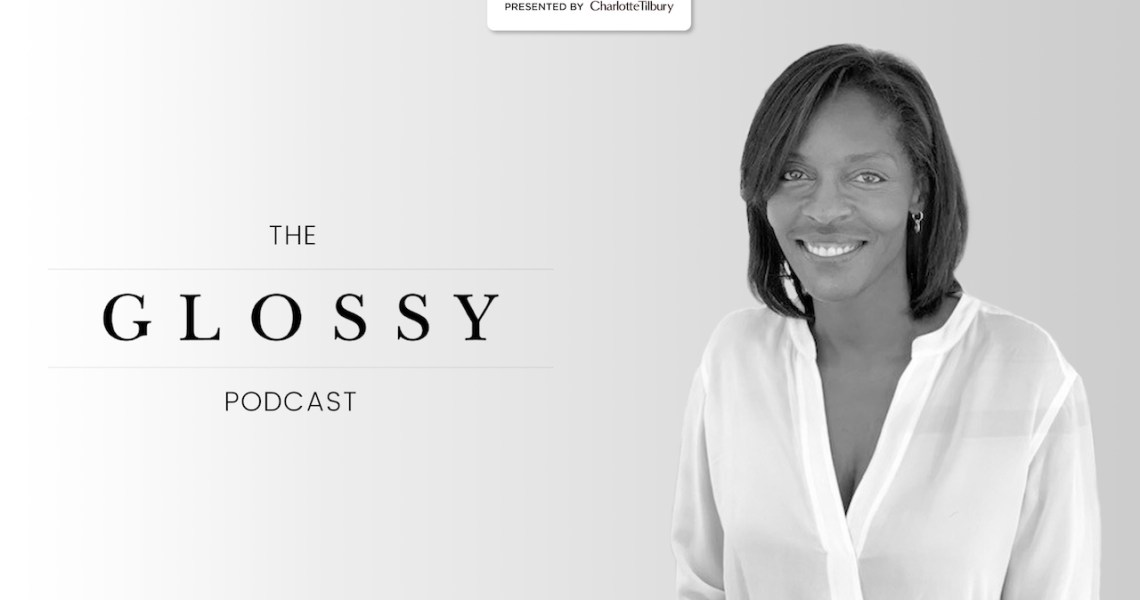Subscribe: Apple Podcasts | Stitcher | Google Play | Spotify
Despite sharing a name with a popular music streaming platform, Pandora — the jewelry company — never had a problem with name recognition.
Charisse Hughes, the company’s CMO for the Americas, put the company’s name recognition at 90%. “People know Pandora,” Hughes said on the Glossy Podcast.
However, that hasn’t meant that people are buying from the brand. The company lost more than a quarter of its market value in 2017, followed by another 61% in 2018.
Hughes attributed the decline to a lack of innovation in the brand’s aesthetic and not using consumer data to react to shoppers’ wishes. But the company has made changes, bringing on a new CEO last year, striking partnerships with the likes of Millie Bobby Brown to appeal to younger consumers and overhauling its stores with engraving stations and a popular items section.
“There’s no silver bullet to get us back to where we need to be,” Hughes said.
Hughes talked about the company’s iconic charm bracelet (which is turning 20 this year), Pandora’s take on experiential retail and partnering with Disney.
Ad position: web_incontent_pos1
Here are a few highlights from the conversation that have been lightly edited for clarity.
Pivoting to target younger customers
“Our customer prior was much more of a suburban mom, because the brand started around moments. If you’re a young person, what moments are you really celebrating, necessarily? It started as a gifting brand that husbands would give their wives. So it was a bit more of a 40- to 46-year-old consumer. We’ve worked really hard to diversify the brand beyond that consumer audience.”
A faster response to changing demands
“We were not investing in the brand and the connection to the brand. Women had started to say, ‘You know what, my husband is sort of getting on autopilot,’ giving an easy gift without that connection of emotion that you want to have when you receive a gift. That probably was because we weren’t investing to connect with her. Secondarily, we had not evolved the aesthetic of the brand, which contributed to women saying, ‘OK, I’d like something a little bit more refined or more delicate, less chunky. That’s the aesthetic that I’m evolving into.’ And I think we weren’t growing and developing with our consumer. Those are areas that I think we’ve really focused on how we can improve.”
More challengers in the market
“Competition is fierce. We had this charm bracelet and this repeat purchase behavior. Consumers are coming back to get more charms. That’s a great model for retail. Who wouldn’t want that? So many competitors in the marketplace [came in] — lower-priced, not hand-finished, not the same quality that Pandora was offering. That’s easy to do. Barriers to entry were very low. That was nipping at our heels as we’re thinking about not necessarily innovating at the pace that we should have.”




